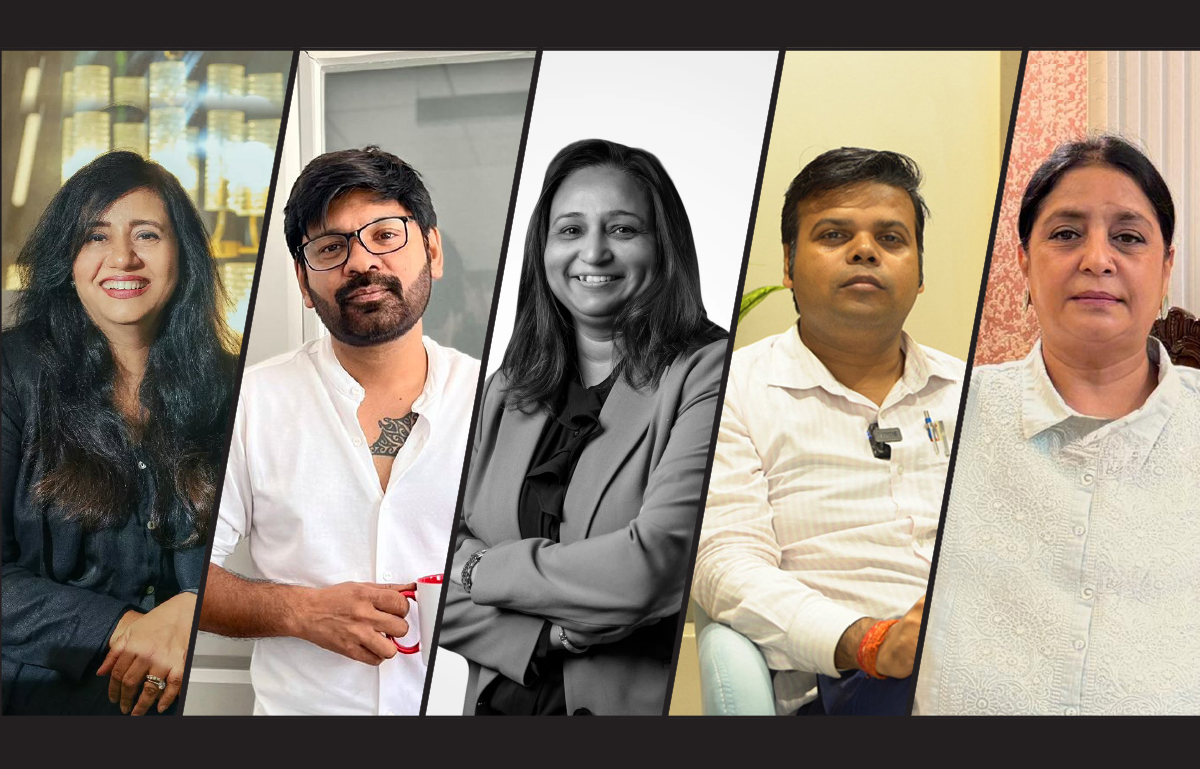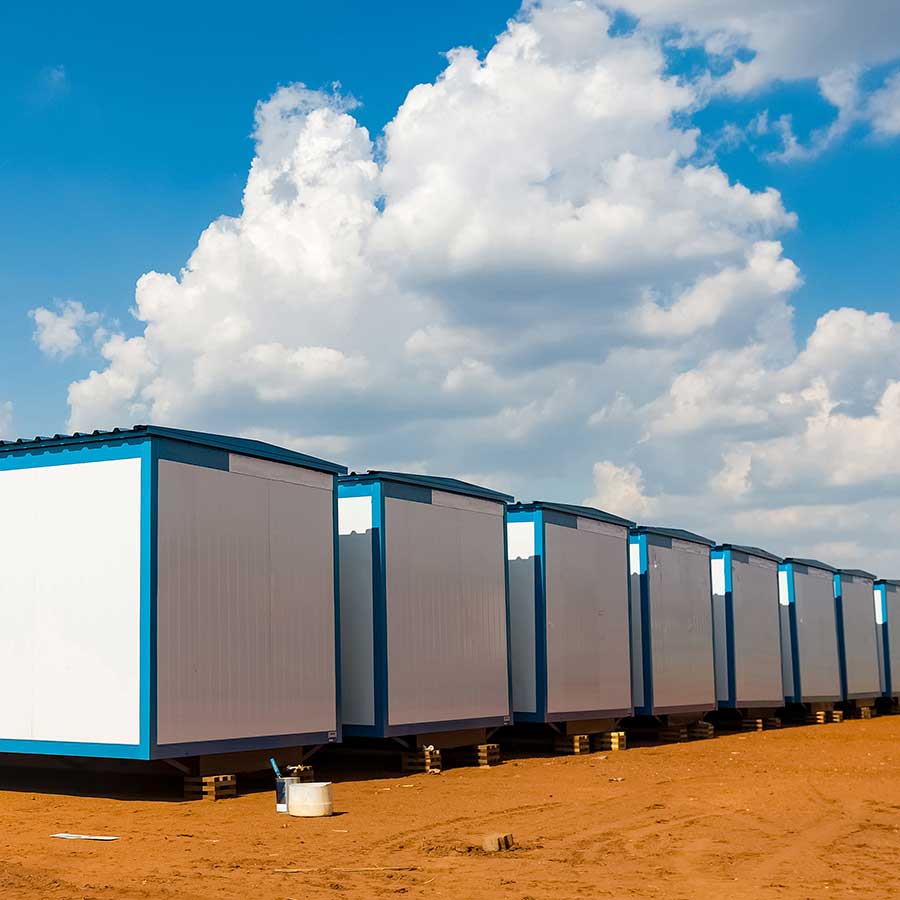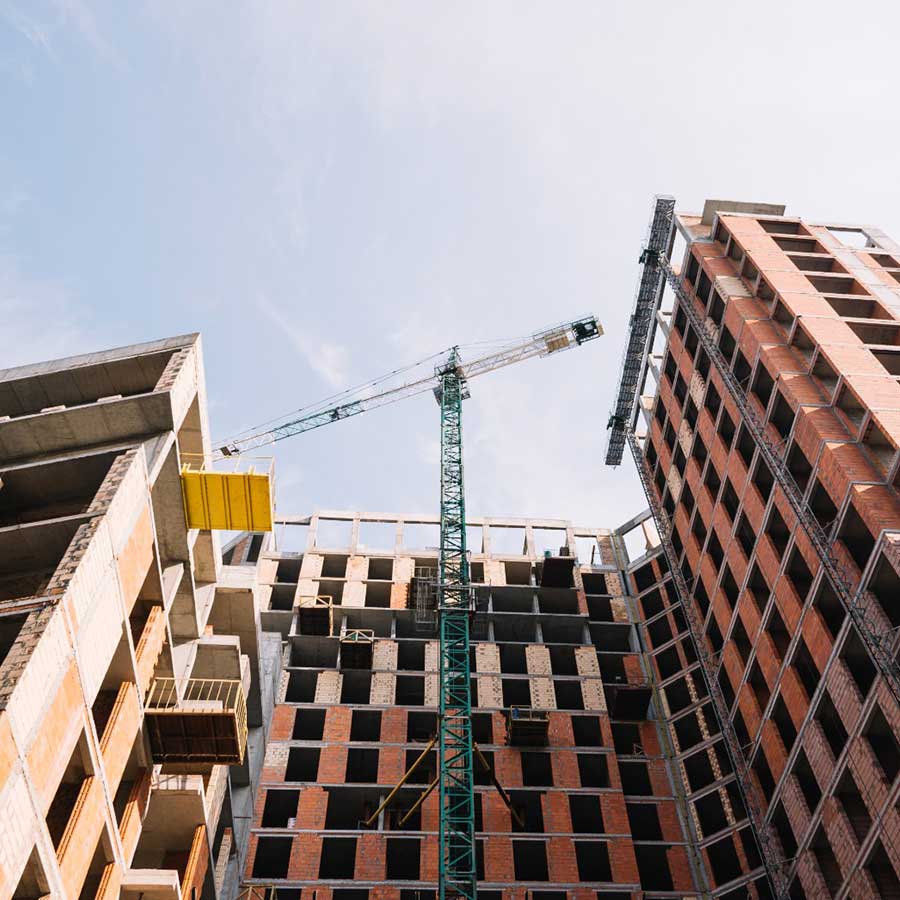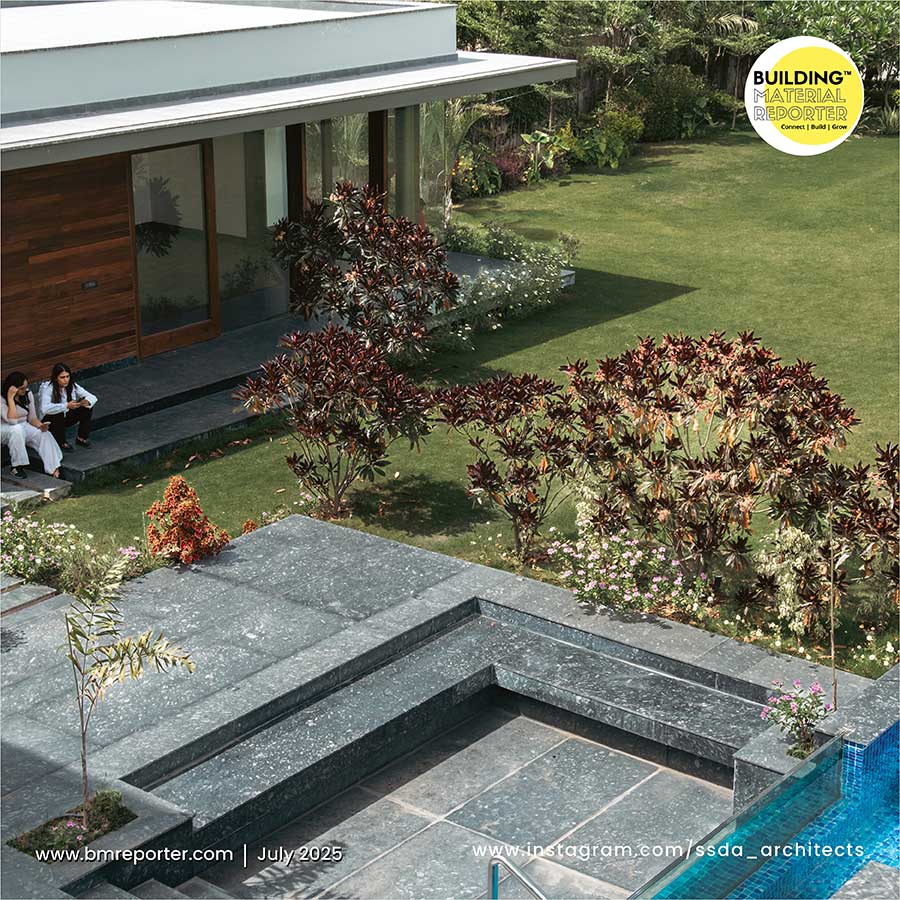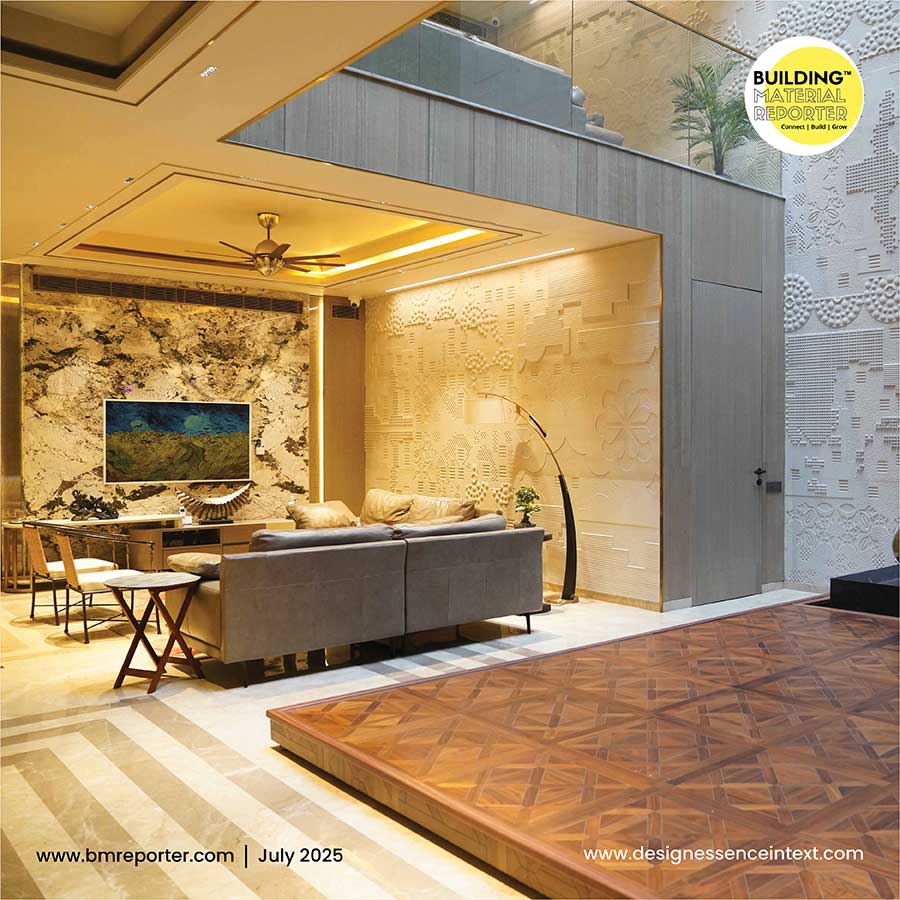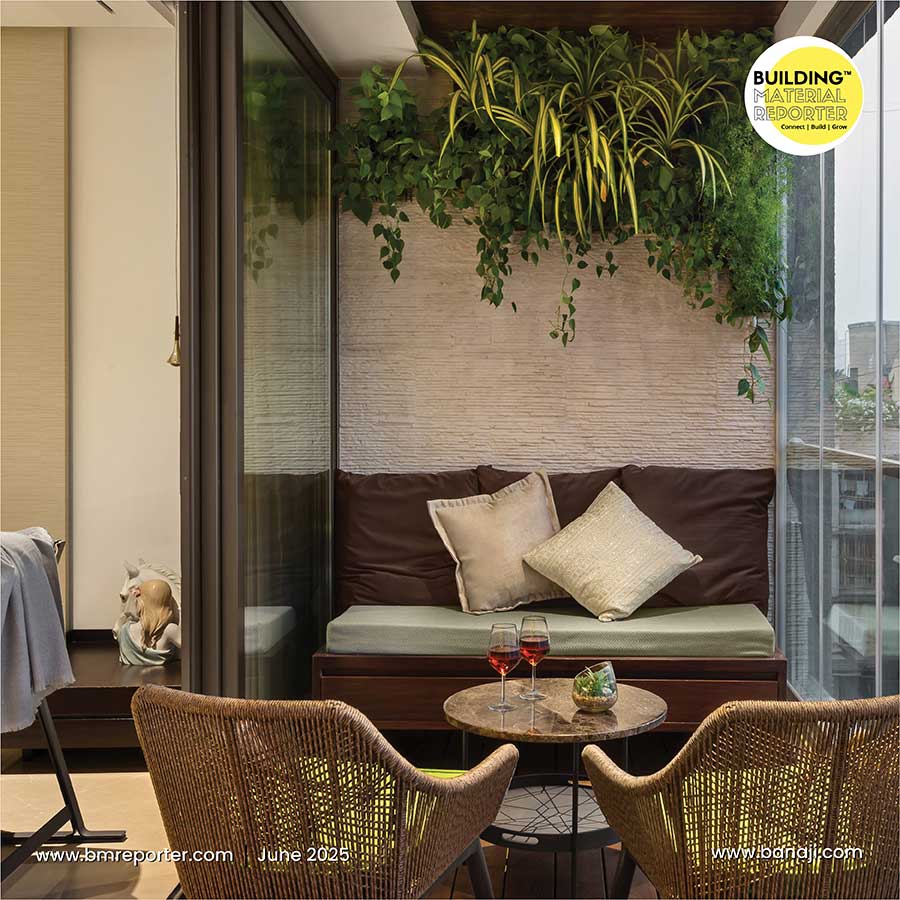Sustainability and Green Design: A Way to the Future of Creation
- April 11, 2023
- By: Editorial Team
- INFLUENCERS
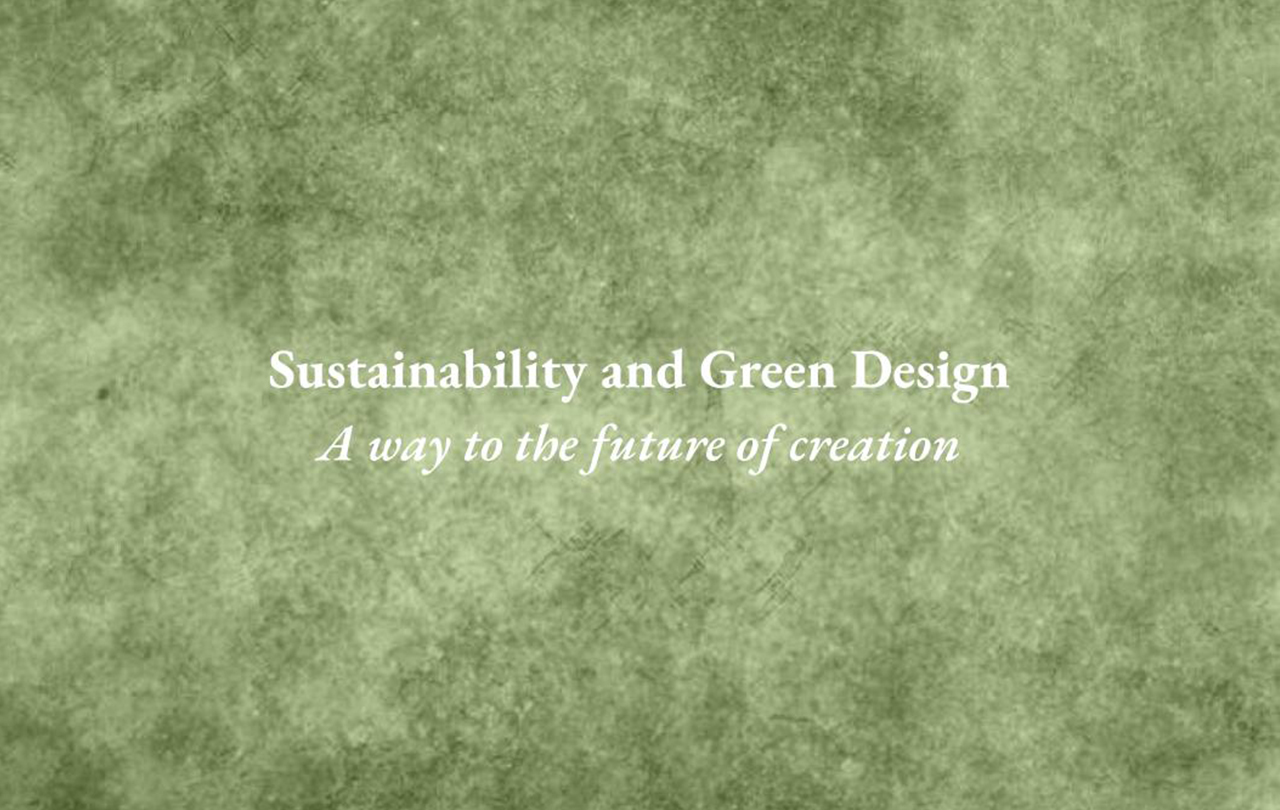
Every year, more people become conscious of the environment and the effects of climate change. The green and sustainable design movements are both expanding rapidly to save natural resources, promote energy efficiency, and reduce environmental harm.
So what exactly are sustainable design and green design? The majority of people frequently believe that they both represent the same thing. However, green design and sustainable design are two distinct concepts.
The idea of sustainability has been incorporated into various architectural tendencies in the past few decades, despite using different names and pointing in diverse directions. It concentrated on the concepts, characteristics, qualities, and components of sustainable design, but it required a thorough framework. As a result, it’s unclear what the designer had in mind when defining the constraints of a design approach based on environmental sustainability.
Sustainability evolved as a notion from which the broad framework is derived for resolving many intricate and interconnected environmental issues. Because of this intricacy and overlap, this concept, in turn, was unaffected, as evidenced by the disciplines of architecture, green design, and the construction industry as a whole.
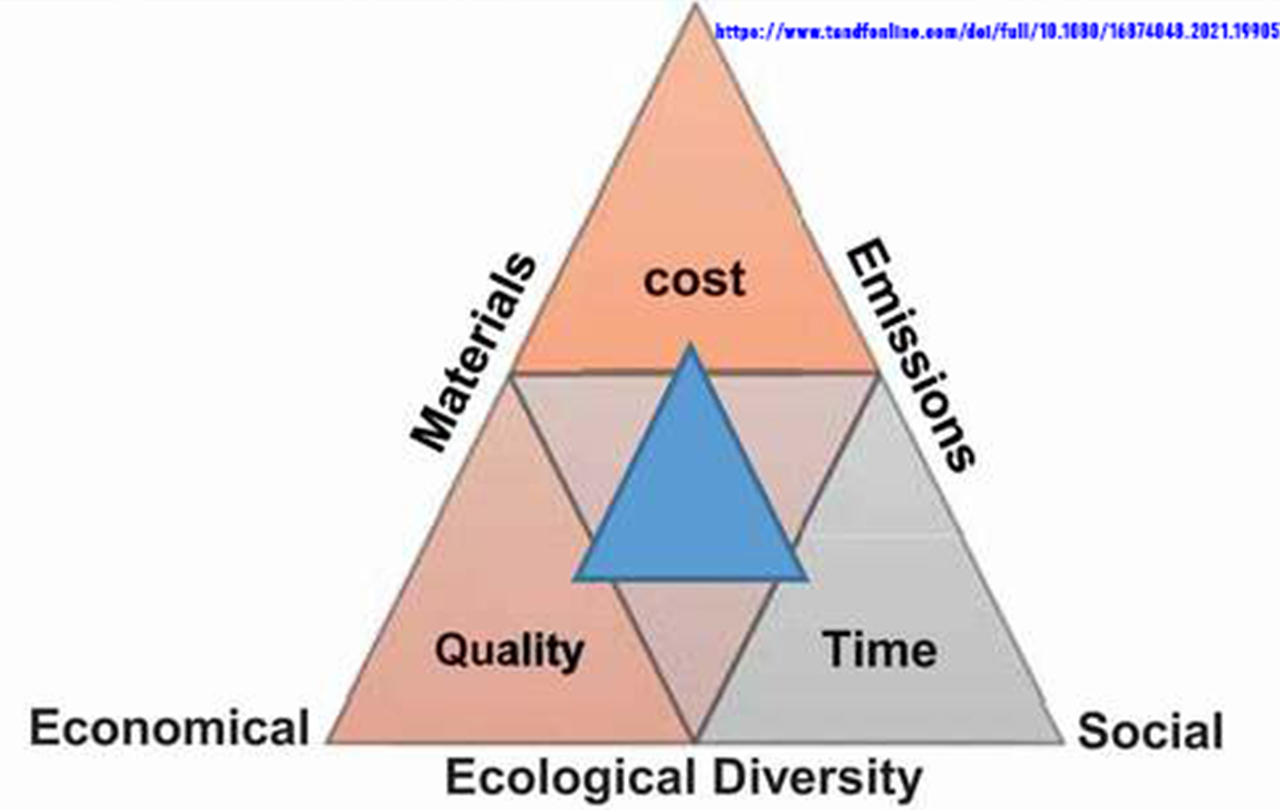
As a foundation for applying sustainability in a building design, it’s based on three pillars.
Economic development entails reorganizing productive processes to maximize resource and energy efficiency to ensure sustained growth in the economy. Giving businesses and organizations incentives to adopt sustainable practices is the goal. If they aren’t profitable, they cannot be sustained.
To promote social equity in the provision of resources and social services. It has a connection to the idea of social responsibility. You must understand how your company affects people's lives, including those of your employees if you run a business.
To maintain a comfortable and secure living environment through zero emissions. We have no other homes. This planet is our only one. to safeguard the future of humanity, we must protect the environment.
Sustainable design focuses on using renewable resources while maintaining a minimal impact on the environment. The goal is to create a productive and healthy environment for users.
Designing sustainably includes the following principles:
- Improve operating and maintenance practices.
- Reduce energy and water use across the board, from production to daily use and disposal.
- Adoption of environmentally beneficial practices.
- Reduce resource usage by using waste-free manufacturing techniques, choosing renewable resources, and putting a focus on recycled materials.
- Decrease greenhouse gas emissions or mitigate them through carbon-neutralizing activities to lessen the effects of climate change.
- Enhance possible construction sites Enhance renewable energy
- Lessen your impact on the ecology where you are, and whenever you can, try to apply biomimicry concepts.
- Improvement of the indoor environment.
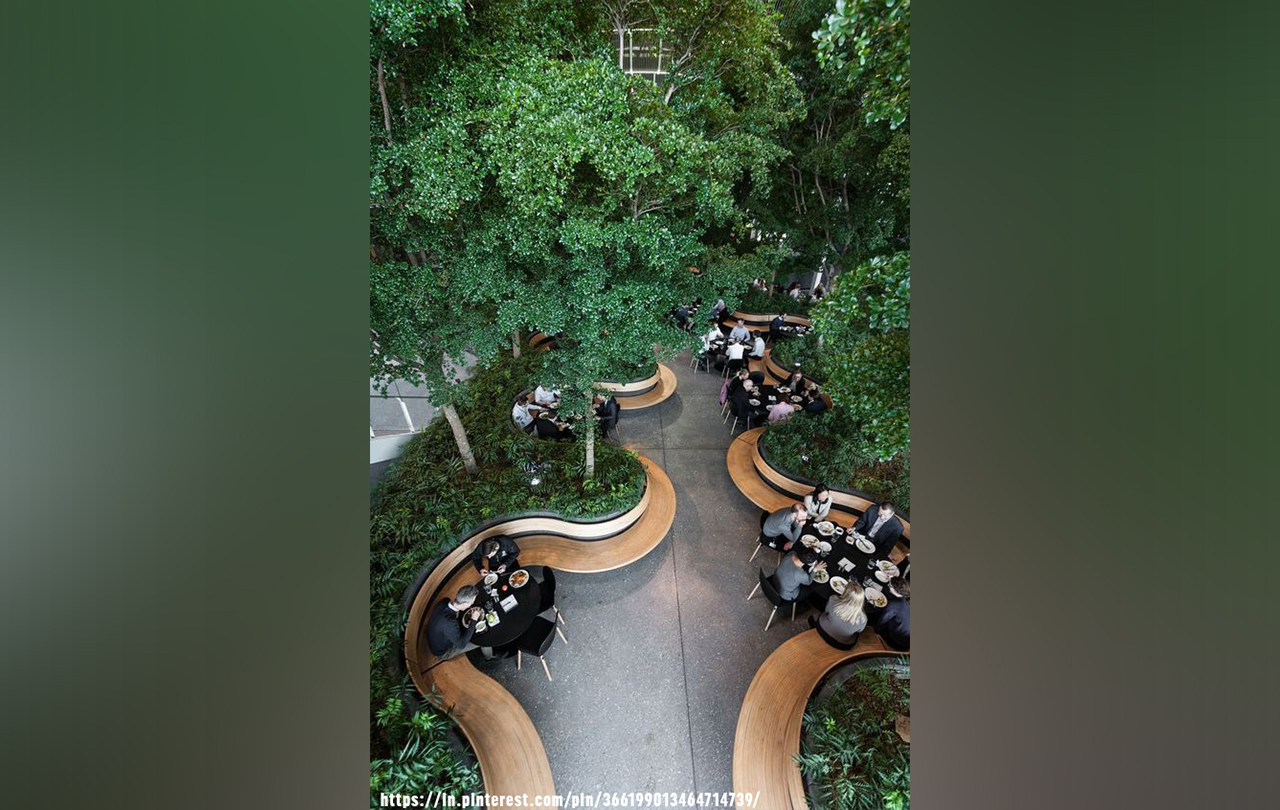
Green Design
The concept of green design refers to the design of something that has a minimal or negative impact on the environment. Changing the climate and environment for the better. Designing a building in a green way should have a minimal impact on the environment--both in terms of materials and products used and in terms of functionality.
To qualify as green design, a design must comprise the following aspects:
- The healthy quality of indoor air
- Solar energy or another renewable source of energy
- Use of non-toxic, maintainable, low-impact, and ethical materials
- Architecture and construction that considers the occupants' well-being
- Use of alternative energy sources and water-efficient materials to minimise waste and pollution
- Attempting to make use of green roofs and rain gardens Reusing and flexibility
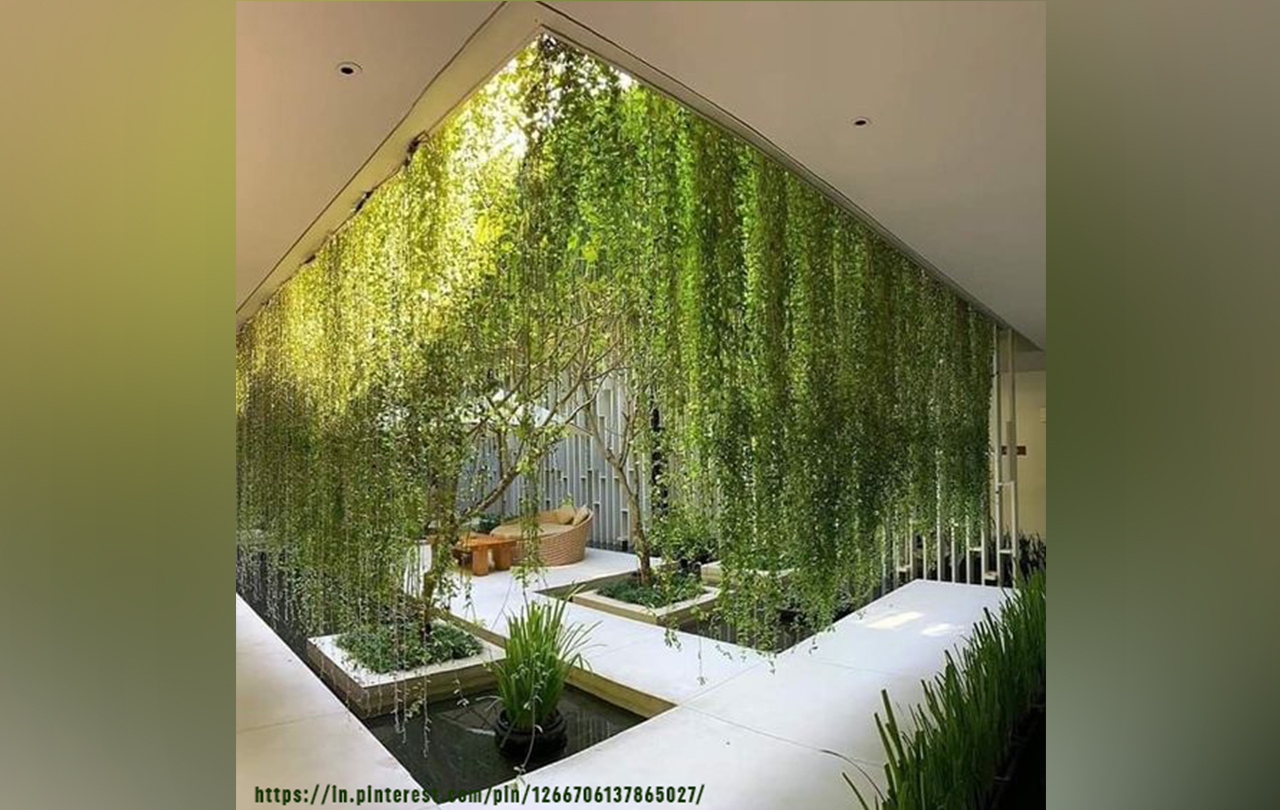 The main distinction between sustainable and green design is that the latter is a wide philosophy that considers social, environmental, performance, and economic aspects. The environment is given more attention in a green design. While numerous green buildings are eco-friendly, analyzing them from a sustainability perspective demands extending beyond. Becoming green is an easy decision for informed homeowners: sustainable materials have repeatedly been shown to endure longer, from water and energy savings to enhanced quality of the air.
The main distinction between sustainable and green design is that the latter is a wide philosophy that considers social, environmental, performance, and economic aspects. The environment is given more attention in a green design. While numerous green buildings are eco-friendly, analyzing them from a sustainability perspective demands extending beyond. Becoming green is an easy decision for informed homeowners: sustainable materials have repeatedly been shown to endure longer, from water and energy savings to enhanced quality of the air.


